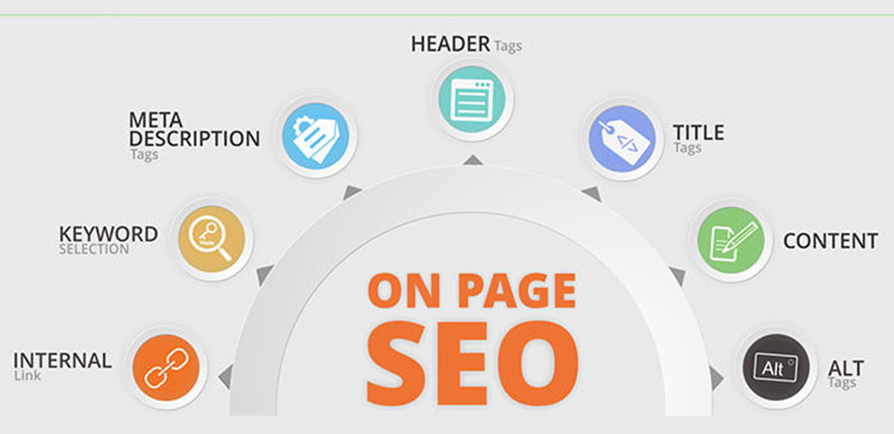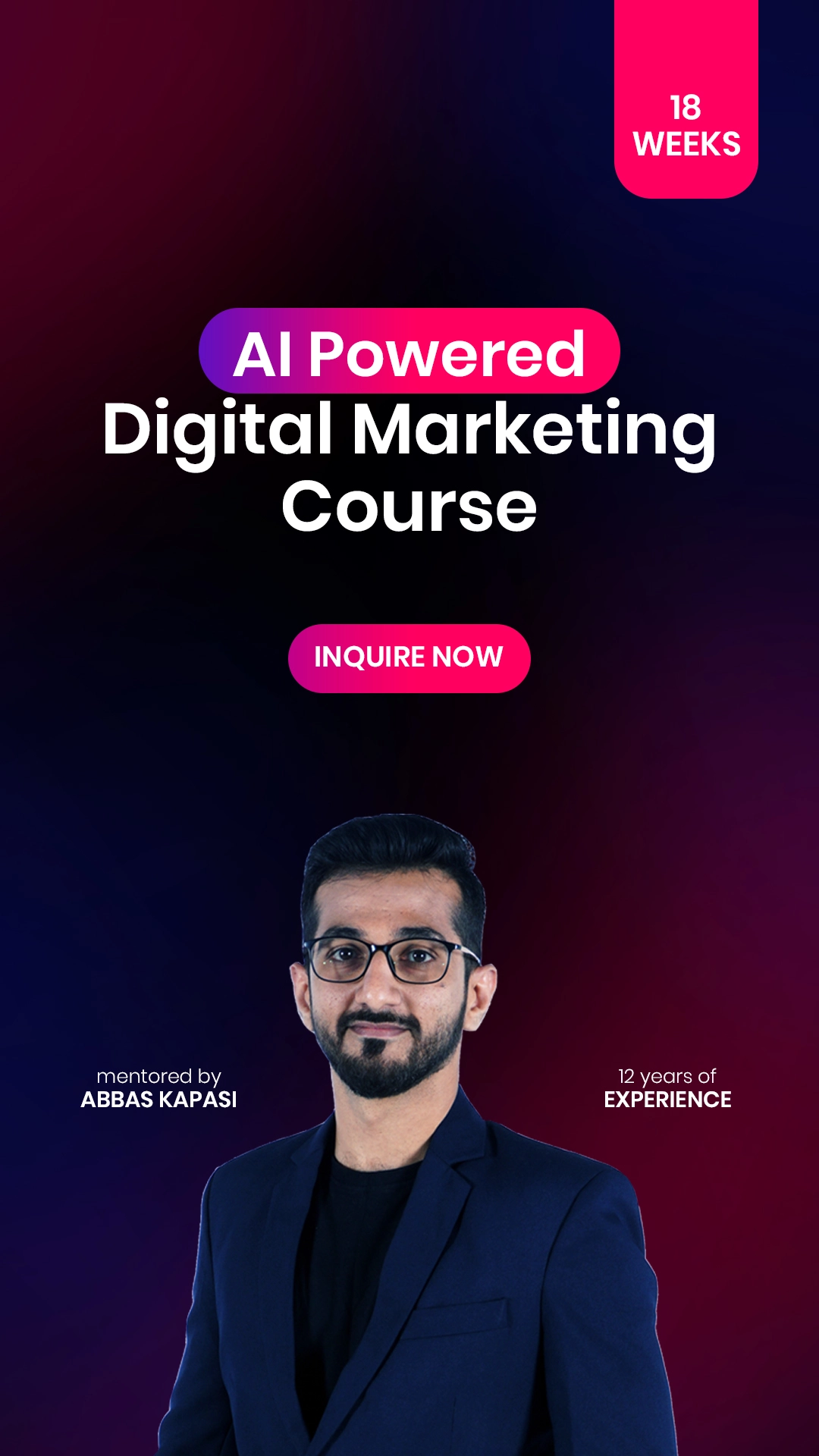On-page SEO means all the optimisation that we do on the web pages for search engine optimisation like setting up page titles, page descriptions, H* Tags, image alt, sitemap, robot.txt and others.
On-Page SEO is a very important part of SEO, without having proper on page optimisation none of your off-page SEO strategies are going to work.
On Page SEO will help in making your website easy to understand for both humans and crawlers. Search engine crawlers are smart enough but still, it needs extra help to understand what website and each page are about and how it may be useful to the users.
So for On-page SEO, you will need a couple of changes on the website like content modification, proper navigations, title tags, meta descriptions, H* tags and technical enhancement.
Let us deep dive into “How On-Page SEO is done?”
1. Make a list of services/products you have.
First, create an excel sheet of all the products and services with categories, subcategories & your end products/services.
2. Create a navigation structure on page
Based on the categories, subcategories & your end products/services create a navigation structure on a page to have clarity and then add it to your excel.
3. Keyword Analysis
Do some keyword analysis for categories, subcategories and services to know which phrase/keyword people are using to search on google.
You can do this using Adwords Keyword Planner, Ubersuggest, Google suggestions, Moz keyword explorer.
Once you have the clear idea of what people search enter all the keywords against the products/services in the excel sheet that you have created.
4. Latent Semantic Indexing
Once you have all set of keywords do LSI on it and create a word cloud for each product/service.
LSI is basically done to know what all words/phrase we can use in content. Even you can find synonyms of words.
Once your LSI is done add it to your excel sheet.If you need help in doing LSI refer this blog – What Is Latent Semantic Indexing? How to Find LSI Keywords?
5. Create content
Now you know what all words/phrases you will need to use in your content.
Create content with headings and subheadings using words/phrases as per your LSI. Try to include your focused keywords in heading and subheadings.
6. Mobile Friendly Website
Create a website that is mobile friendly with great UI design. Once the website is developed put all the content on your website in proper format and with good engaging graphics. You can refer this blog to get idea how to design a website – Common things to keep in mind for web designs.
7. Content Enhancement
Next step is to setup few more elements in a proper way on web pages.
7.1 Meta titles
Write 60-70 character engaging title for each page, this title will appear on google/bing search results. Do not forget to mention focused keywords.
7.2 Meta description
Write 160-180 character engaging description, this description will appear on search engines search result.
7.3 H1 tags
Include all your heading in the H1 tag as per your content. You should have only one H1 tag per page.
You can refer this blog to know how to write H1 Tags – How to write H1 Tags?
7.4 H* tags
Include your sub-headings in H2 and H3 tags as per the requirement of your content
7.5 Image ALT tags
Make sure all the images have ALT tags. Do not put non-sense text in ALT.
8. Technical Enhancement
Our content part is ready, now its time for technical enhancement.
8.1 Clean URLs
Here you will find details about clean-urls – Does URL structure even matter?
8.2 Fixing all broken URLs
8.3 Image Optimisation
8.4 Minify JS
8.5 Minify HTML
8.6 W3C validation errors
8.7 Sitemap
8.8 Robot.txt
8.9 Canonical Tag
8.10 Page speed optimisation
Refer this blog to to know how to optimise page speed?
8.11 Schema markups
8.12 Richard markups
8.13 Data highlighter
8.14 Setting up Google analytics
8.15 Setting up Webmaster Master
Conclusion:
Once you are done with all these points you’re ready to go with your off-page SEO Strategy.


